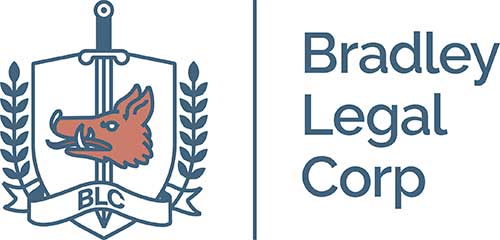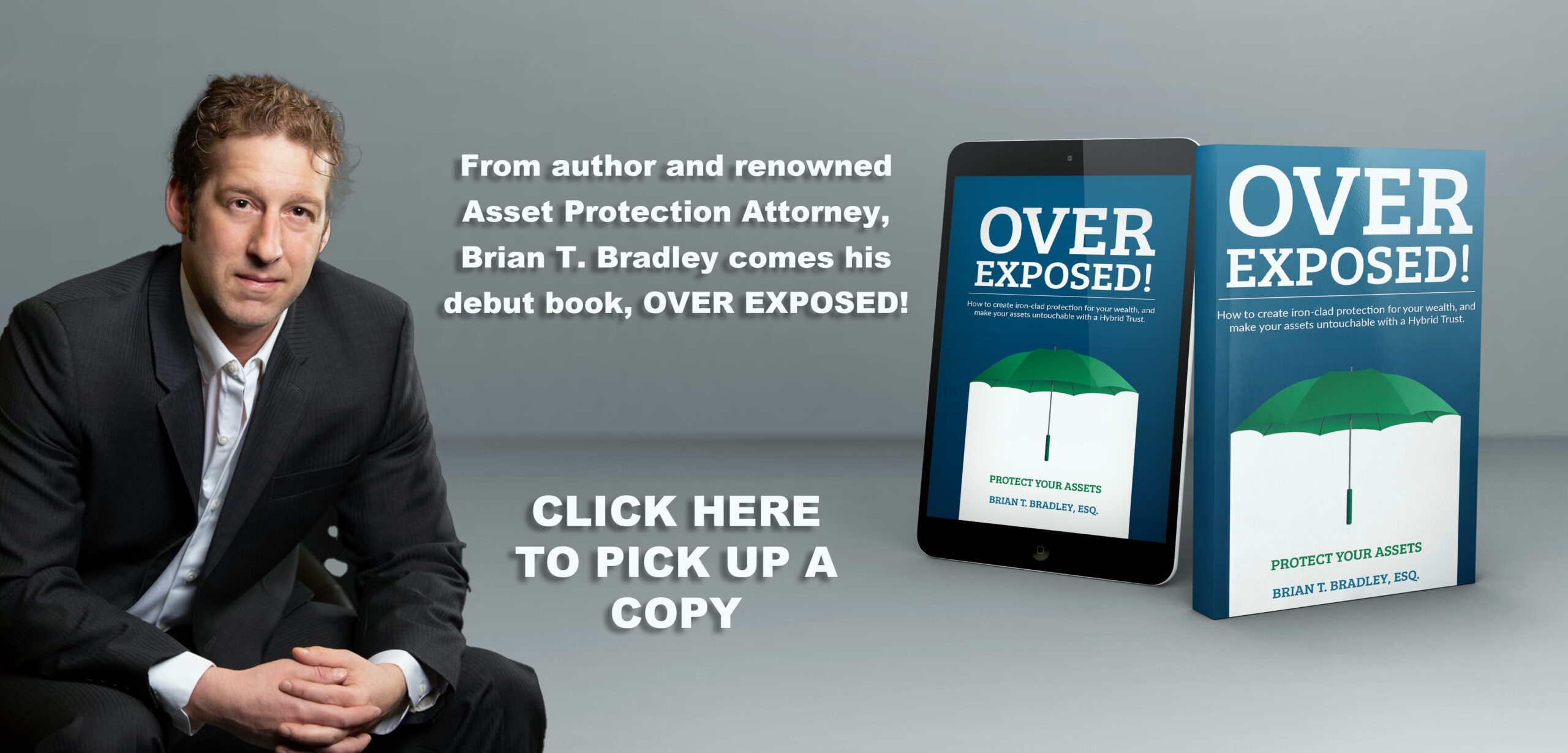So what is this mysterious term Asset Protection? We hear the words, but don’t really know what it is or how it is meant to work. What has changed with the legal system over the past 30 + years that has made asset protection so important? These are all great questions.
What is Asset Protection Really?
Lets start with the basics. Asset Protection is not traditional estate planning. It is modern estate planning, fighting the things that are destroying modern families. We are talking about predatory lawsuits, divorce, out of control medical costs, and the death of one spouse and survival and remarriage of the surviving spouse. Did you notice that nowhere in there did I mention death or taxes? That is because those are not the things that are destroying modern day wealth.
The simple answer is that Asset Protection is placing a legal barrier between you’re assets and your potential creditors. That is it. It is just a barrier like a safe for your gold or guns. Anything of value that you own you want to place behind the barrier so that it is not easily attached with a lien, or easily reached or easily attacked by a lawsuit.
How has the Legal System Changed?
Now, for those people who grew up with a more “old-school” mindset where lawsuits really were never an issue, back about 40 years ago, you could essentially have everything in your own personal name or in your family revocable living trust. That was acceptable back then, and you could get away with that type of planning 30 or more years ago. So it begs the question, what has changed over time? Over the past 40 years the litigation landscape has completely changed. The litigation playing field has become its own ballgame, and plaintiff’s lawyers who are doing all the suing and who are redrafting the game and the field itself are driving the game.
Things that did not happen in the past or that were not allowed to happen like a “contingency fee lawyer” or “law firm advertising”, are now common place. For example, CPA’s still cannot be paid on a contingency basis because if they were to be paid based on how much money they can save you on your taxes, what are they going to do? They are going to lie, cheat and steal to save you as much money as they can to make as much money as they can, hence the regulations of payment structure. The fact that we even allow attorney’s to now take on clients in a contingency fee model was not how the legal system was originally set up.
The landscape changed in the 1960s with a contingency fee attorney being allowed, and then again in the 1970s with the Supreme Court allowing attorney’s to market and advertise. Now days the legal system is not about justice, but about profits driving a Billion Dollar industry. The U.S. is the most “sue happy nirvana” country in the world where something like 98% of all the lawsuits in the world are filed here in the U.S. The lawyers drive it and the courts do nothing to stop it. In fact courts have their own secret super power that they use. This is called “practical authority.”
Actual Authority vs Practical Authority
What this means for real estate inventors is that a judge can and does do whatever a judge wants to do. LLC’s and LP’s are governed by the State Statutes that they are created in. What this means is that if you created, lets say, a Nevada LLC and the exclusive remedy against that Nevada LLC is a charging order, a judge, even in another state like in California, by statute, may not issue a remedy other than the charge against the partnership. But this is in theory.
Everybody knows that theory and practicality seldom mix. Practical Authority is the power a judge actually has to make decisions. A judge has very broad powers to reaching your assets including: seizing them, placing a lien on them, foreclosure, ordering a sheriff sell, clearing title to enable a clean sell and even wage garnishment. The problem is that judges, even without legal authority to do this, do these things by exercising their practical authority. And this can even be done in direct contradiction to established statutes and case law. This is because judges have the right to order equity remedies. The result is that the courts practical authority just took your asset with no legal authority. The solution is to hinder a judge’s practical authority over your assets, so that they cannot circumvent legal processes.
Leveling the Playing Field
This is the modern landscape we are living and investing in. Asset Protection is your modern best bet at attempting to level the playing field. And we can do this through all the different legal tools we have at our disposal. Some are more effective then others. What this does is that it makes it very hard for creditors to collect a judgment.
At the end of the day you really cannot do a lot about getting people not to sue you because that is just the legal system. But you can do something about how collectible you are. Asset protection is about being proactive and having those proper systems set up before they are needed. Procrastination is not an option. Asset Protection is difficult, if not impossible, after a lawsuit has started. Attempting to take action after-the-fact puts you at risk of “fraudulent conveyance”, opening the door for a court to take back the assets you tried to protect. The time to act is now when the waters are calm. Talk to an asset protection attorney who is a specialist, and who can do a complete risk and asset profile analysis, and go over all the different tools, tactics and strategies available to protect and preserve your wealth.
By: Brian T. Bradley, Esq.
HNW – Asset Protection Attorney as featured on BiggerPockets Rookie https://podcasts.apple.com/us/podcast/dont-lose-your-portfolio-to-lawsuits-heres-how-to-protect/id1499646507?i=1000532349196


Recent Comments